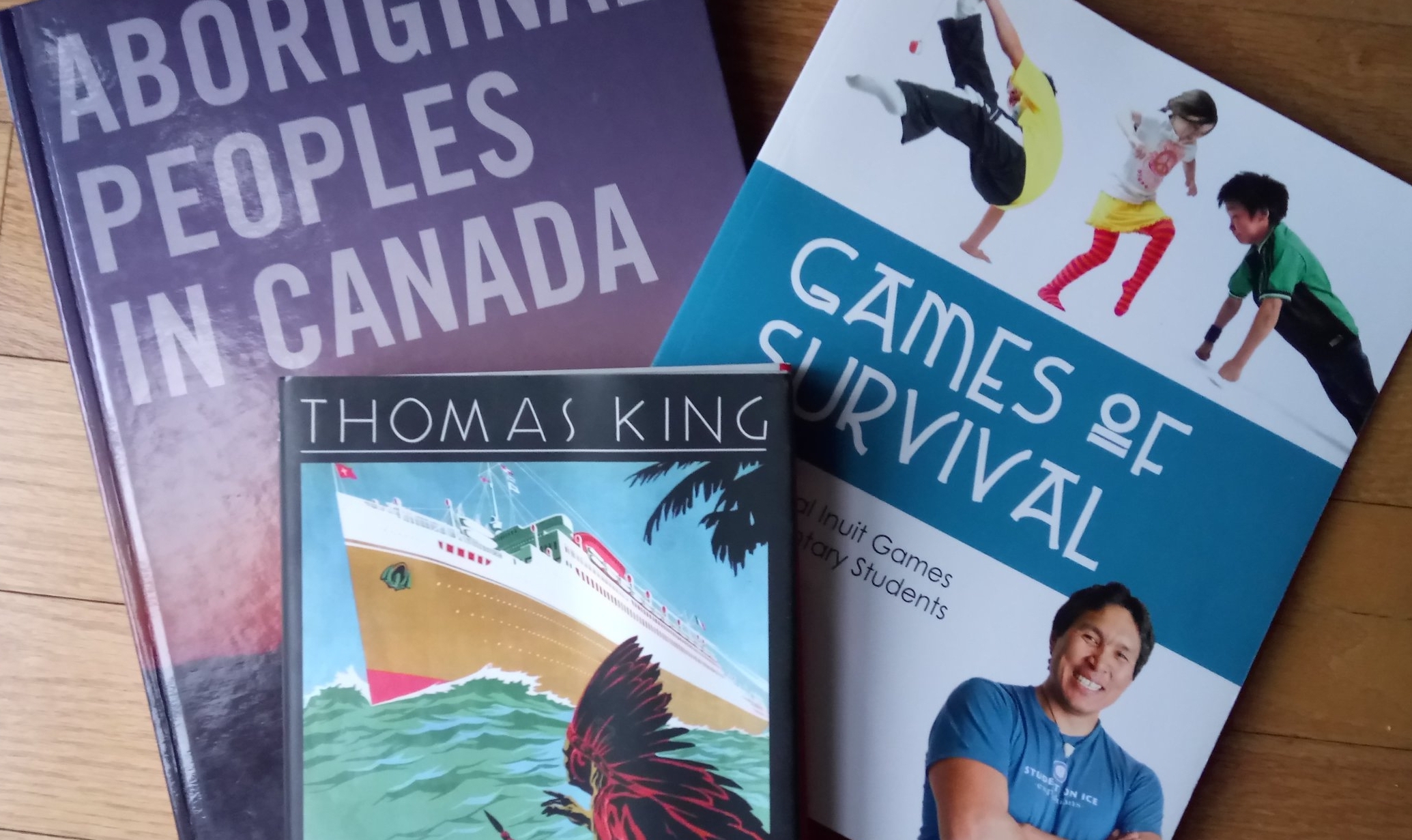For the past five weeks, I've been teaching Anti-Discriminatory Education to a group of 31 teacher candidates at the Ontario Institute for Studies in Education. The class is fast-paced, meeting twelve times, and twice a week, and for these candidates falls in the middle of their two-year program.
One of my intentions with this course, was to place responsibility and power over their own learning and education journey into the hands of the candidates, partially to model what this could look like in their own teaching, but in an effort to keep each of them as engaged as possible. Anti-Discriminatory Education is one course where I've seen students lose interest and isolate themselves when they feel they don't "agree" with the readings, the ideological stances in the course, or the instructor. And of course, as the six weeks wore on, and major assignments came due in this class and their other classes, I could see energy-levels waning.
So, during class 10 out of 12, I announced to the students for their last Conversation Cafe topic (an assignment developed by Nicole West-Burns, and used by many subsequent instructors) we would breaking out of our self-assigned groups, leaving behind the topic I had chosen, and use Open Space Technology, a facilitation method I had experienced at Art of Hosting Beyond the Basics, to explore what they were really interested in.
As I introduced the process and guidelines to the teachers, their faces began to register nervousness and uncertainty. Some voiced concerned about what was about to happen, and how it would work out, but I reminded them that if we are going to really bring inquiry-based learning into the classroom, and encourage students to learn about what is important to them, then we have to try different processes, step out of what we as educators are comfortable with in the classroom.
We got started, and one by one people came into the middle of the circle, pitching topics they were interested in exploring. After seven or so topics were produced, no one else felt they had something to pitch, and the candidates began to explore which groups they wanted to be in. At the end of the hour allotted for this activity, not only did we have a wide variety of inquiry questions that we were unable to cover up to that point in class, I also had before me a much more energetic group then entered into the room three hours before.
In our debrief, some candidates told me that they were initially very uncomfortable with the process, but that they were now very excited to gather their own readings and host the Convo Cafe during class 12. Others were excited about the prospect of doing similar processes with their own students. For the second-last Thursday in the semester, also the Thursday before the August long-weekend, and when their other major assignment was due, I was amazed at their level of engagement.
This whole experience has left me eager to bring Open Space Technology into staff rooms. Many schools I'm in touch with are looking for ways to do PD with their teachers around Indigenous content, and teachers have a variety of needs with this, based on what grade or subject they teach, and where they are in their learning. I think this process would go far to get everyone engaged in meaningful work and learning, and would be in line with the recent push towards teacher collaboration under PPM 159.
I am especially grateful to Chris Corrigan, one of the hosts of that gathering, who led the Open Space facilitation that day, and has written a variety of blog posts, and gathered/created a number of Open Space resources for others to use.
